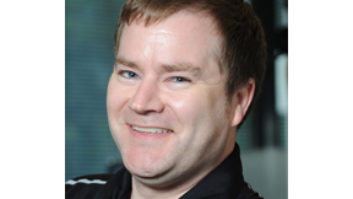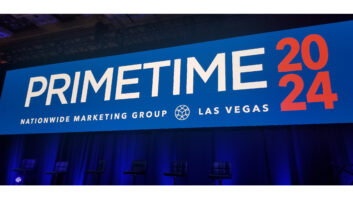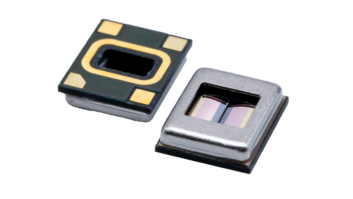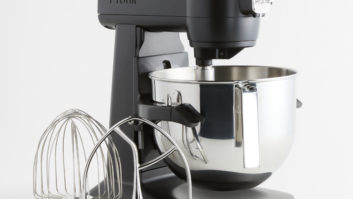A s industries go, the consumer electronics business is second to none in the rate of change. Blink and the technology landscape may lap you.
Nowhere is that more evident than in the custominstallation and integration business. As the industry gathers in Dallas this week for the annual CEDIA Expo, the highly specialized small- and mediumsized retailers that make up the installer class are faced with myriad challenges to the status quo.
The obstacles facing CEDIA members and member dealers are more complex than ever. The formula used to be fairly straightforward: design and build home entertainment systems offered by vendors that catered their product lines toward the install business. You picked a control system; you chose the components from a menu of compatible products and relied on the manufacturer’s support materials and training to carry out the project.
Based on past successes, most installers leaned heavily on the handful of brands that they had a relationship with, and it wasn’t hard to steer a client toward a certain system based on that relationship. There was a trust factor and a comfort level that bred success and provided a sense of ownership and control for the installer.
Times have changed.
While many specialty brands, most of them highend, still cater to the custom market, more and more mainstream brands and start-ups are delivering products with home-automation capabilities. An entire industry of plug-and-play and DIY products is rising around us, and with it much confusion and frustration.
More than ever, consumers are aware of the By John Laposky An entire industry of plug-and-play and DIY products is rising around us and with it, much confusion and frustration. technologies available and wish to dictate exactly what brands and systems they want integrated into their homes.
They want a Sonos audio system, a Nest thermostat, an iPad, Swann security cameras, Hue lightbulbs, a Samsung TV, a Roku box and Amazon Echo, and they want them all to work seamlessly with each other, preferably controlled by their Android phone. The industry has painted a picture of a plug-and-play smart home and the reality is, we are far from there.
Granted, it can be a small boost for business when a customer tries to do-it-himself, fails, and then throws in the towel and calls in a professional to sort it all out, but in the aggregate, without selling the systems and scheming out the networks, installers are basically cleaning up messes and reaping nothing but labor charges.
That’s not the model custom installers built their businesses on. Installers were, and still are, primarily designers — architects of systems that, when done correctly, work seamlessly and almost invisibly. There are still plenty of big custom retrofits jobs out there for the taking and the best installers will identify their client base and prove their worth and build relationships. There is plenty of value in the work of a highly trained custom installer.
What is needed now is better consumer education. The need to delineate the DIY market from the custom-install market is paramount to CEDIA members’ success because at this point the average consumer knows just enough about the various technologies to be dangerous. Integrating isn’t enough; now installers need to be educators.
Have a great week at CEDIA and good luck.












